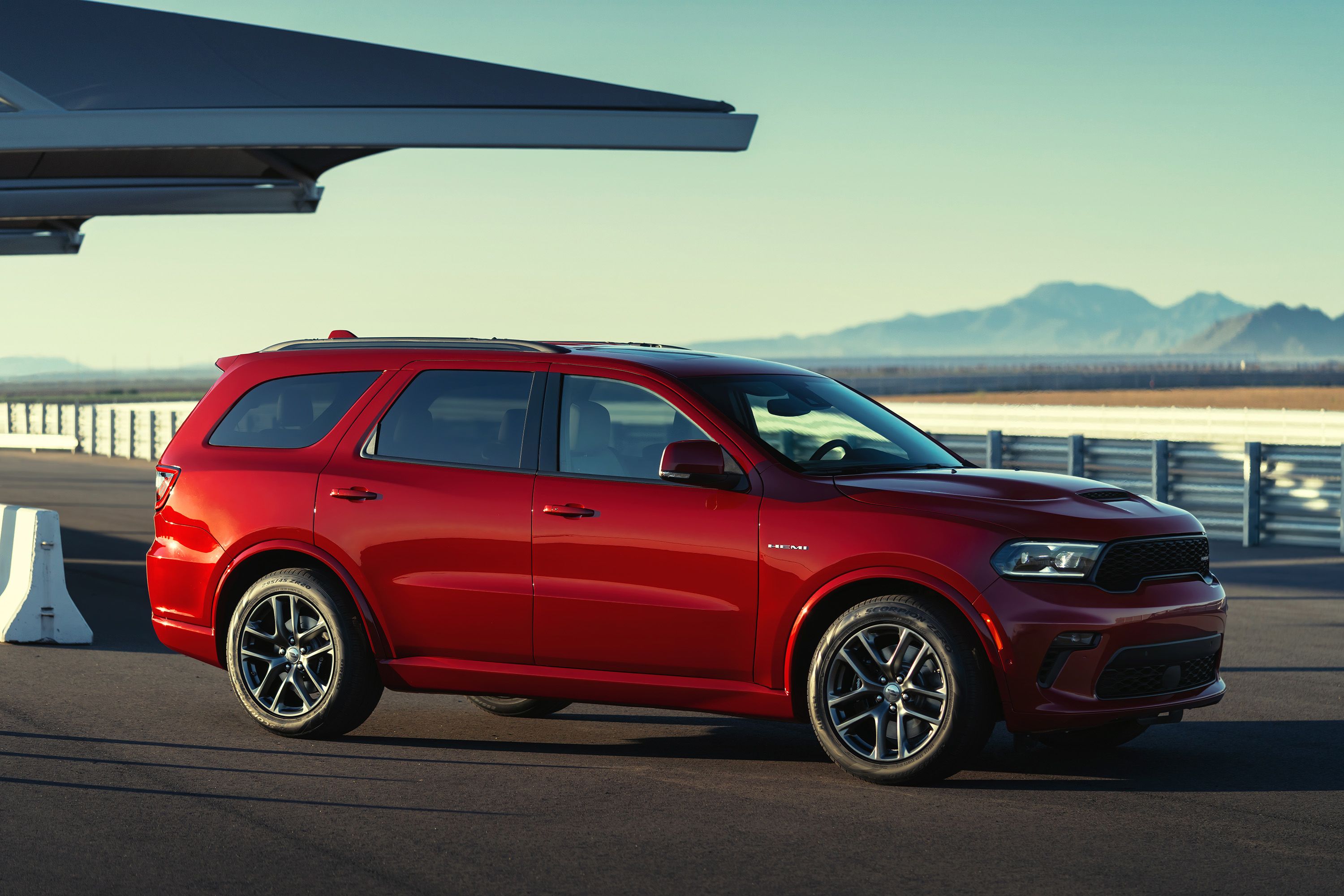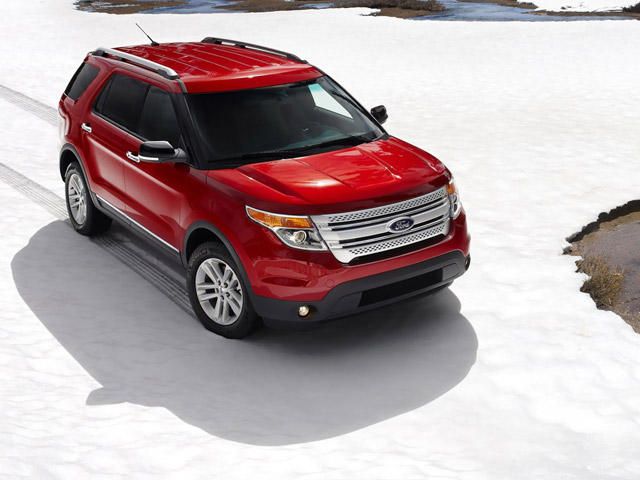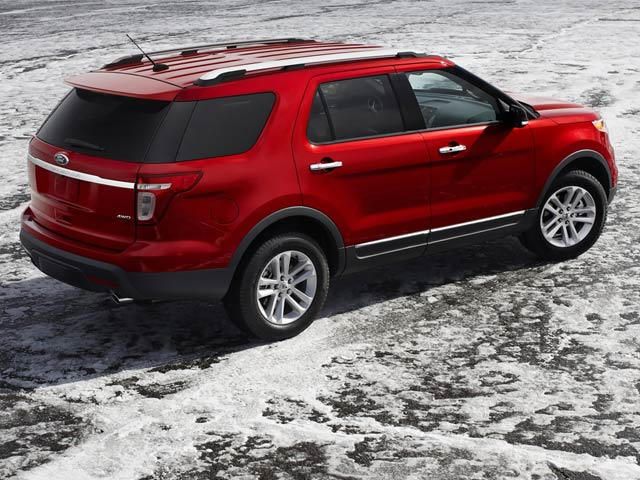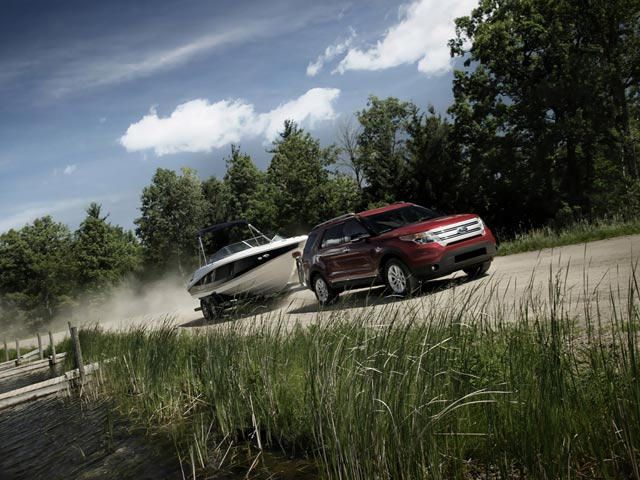
Once upon a time, soccer moms did some off-roading in between hauls from piano lessons to any number of sports practices. Remember those days? I certainly can't because they never existed, at least the off-roading part. We all know that SUVs were the rave of the 90s when gas was cheap and minivans became lame. Then gas got expensive and soccer moms realized their off-roading ambitions were never going to materialize.
So here we are in 2011. Gas prices are what they are and minivans are coming back into the fold with some much-needed swagger. SUVs, on the other hand, have generally fallen out amongst former buyers, who now crave the CUV. Amazing how automakers can get people to buy acronyms. And now we have the completely redesigned 2011 Ford Explorer and 2011 Dodge Durango, both newly built on unibody structures. Although they still carry some of their former truck styling, they are now very different than before.
The most significant and important changes come from the engineering department, which has now graduated from the old school method of adding seats and an extended roof to the back of what were essentially pickup trucks. The front-wheel drive Explorer is now built on Ford's D4 platform, which also underpins the Taurus and Flex, instead of the old body-on-frame construction. It comes standard with a 3.5-liter V6 with 290 hp and 255 lb-ft of torque. The optional engine is Ford's 2.0-liter turbocharged, direct-injected I-4 EcoBoost with 237 hp and 250 lb-ft of torque.
Both engines are mated to a six-speed automatic (a six-speed SelectShift is optional). In place of its old truck roots, the Explorer has an available full-time four-wheel drive system, along with the optional Hill Descent Control and a Terrain Management System that changes the throttle map, stability control, and transmission adjustments to handle four kinds of terrain (Normal, Mud & Ruts, Sand, and Snow). The new Durango is built on a stretched version of the same Mercedes SUV platform that also underpins the redesigned 2011 Jeep Grand Cherokee.
The standard engine is Chrysler's excellent 3.6-liter Pentastar V6 with 290 hp and 260 lb-ft of torque and is mated to a five-speed automatic. Rear-wheel drive is standard and all-wheel drive is optional. The 5.7-liter Hemi V8 with 360 hp and 390 lb-ft of torque is also optional, but not necessary for most daily needs. Instead of the different road electronic systems in the Explorer, the Durango simply has a full-time 50/50 front/rear torque split. Neither one has shed much weight. The Durango comes in at 5,022 pounds and Explorer tips the scales at 4,707 pounds, which means it's also the faster of the two.
It goes from 0 to 60 mph in 8.1 seconds, whereas the Durango does it in 9 seconds flat. Now that gas prices are steadily increasing, it's good to know that both aren't the same guzzlers they once were. They're not about to win any major green car awards, but the Explorer returns 17/23 mpg city highway and the Durango is slightly lower at 16/22 mpg city/highway. Very respectable numbers considering their size and weight. Speaking of which, towing capacity does suffer some with the Explorer, as it can tow up to 5,000 pounds (with the trailer package), but the Durango can handle up to 7,400 pounds (7,200 for AWD).
The Explorer ranges in price from $28,190 to $48,805 and the Durango starts at $29,195 and tops off at $43,795. Both have three rows of seats that can accommodate up to seven passengers along with excellent interiors with fantastic fit and finish. They combine some (not all) of the minivan's versatility with enough multi-functional abilities that can effectively erase the need for a full-blown body-on-frame SUV. If we had to choose, we'd take the Explorer because it's the better all-rounder.
Still, the idea of that Hemi sounds tempting and the Durango has more cargo space. Regardless, you can't go wrong with either this CUV or SUV. Acronyms are awesome.



